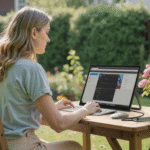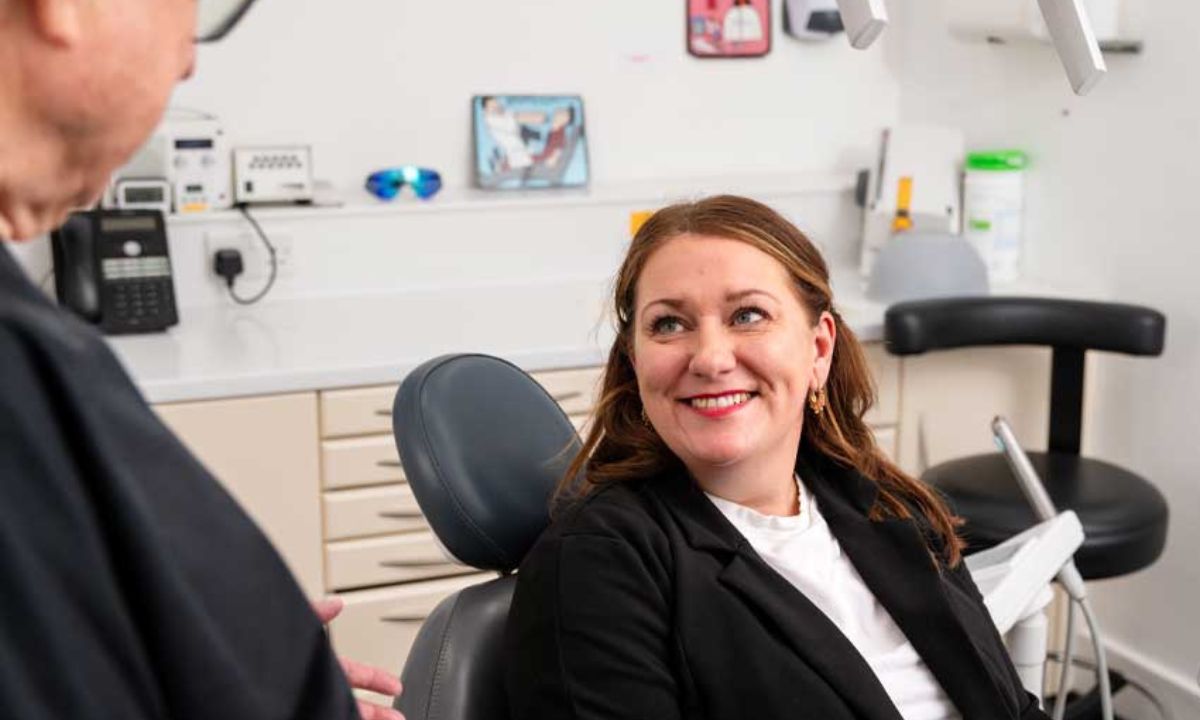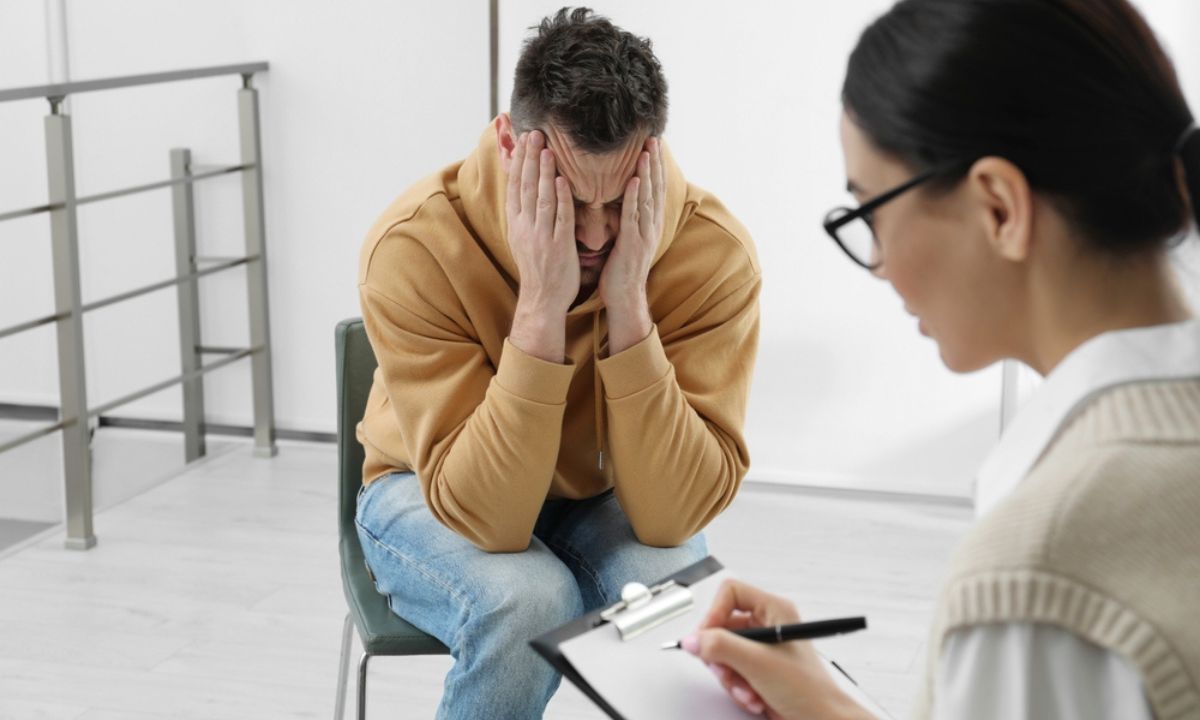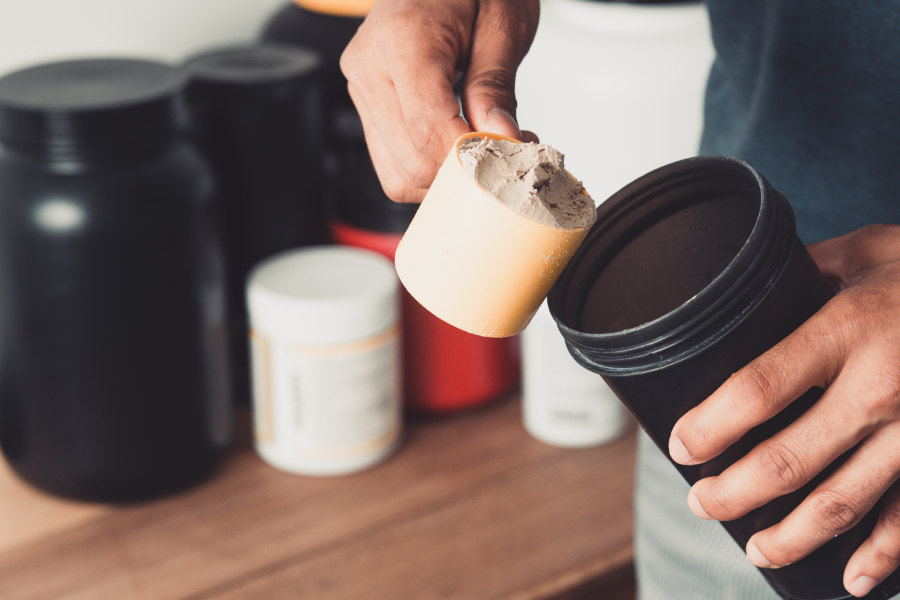As a parent, you are the first line of defense when your child faces a health emergency. Whether it’s a sudden collapse, choking episode, or a serious fall, knowing how to act quickly can make all the difference. Learning proper CPR and emergency response skills gives you confidence and peace of mind. In this article, we’ll explore the essential life‑saving techniques every parent should know, how to prepare yourself, and how training through a credible online course can set you up to protect those you love most.
Why Every Parent Should Know CPR
When it comes to emergencies involving children, seconds count. The ability to step in and provide proper CPR or airway support can prevent serious damage and even save a life. Consider how many incidents occur at home or in everyday settings: a toy left on the floor, a quick visit to the kitchen, or a sleepy child rolling over in bed. While we cannot foresee every danger, we can be prepared.
- Knowing CPR equips you to act before emergency services arrive.
- It gives you confidence to manage frightening situations calmly, rather than freeze.
- It means you can help not only your child, but any family member, friend, or bystander in need.
It’s not about being perfect; it’s about being ready and knowing the basics. Parenting involves many unknowns. CPR preparation isn’t optional—it’s another form of protection.
Key CPR and First Aid Skills for Parents
Here are the primary emergency response skills parents should master:
- Recognising an emergency
- Unconsciousness or absence of normal breathing.
- Choking or gagging and unable to make sound or breathe.
- Sudden collapse, especially if child or adult cannot respond.
- Performing CPR
- For an infant: place two fingers on the breastbone, compress about 1.5 inches (4 cm) at a rate of 100‑120 per minute.
- For a child: use one or two hands, compress about 2 inches (5 cm) at the same rate.
- After 30 compressions, give 2 rescue breaths: tilt head back, lift chin, seal your mouth over theirs and breathe until chest rises.
- Continue cycles of compressions and breaths until help arrives or the person moves.
- Choking intervention
- If the person is conscious and cannot cough or breathe: for a child or adult, perform abdominal thrusts (Heimlich‑type) until the object comes out or they become unconscious.
- For infants: 5 back slaps followed by 5 chest thrusts, repeat.
- Using an AED (automated external defibrillator)
- If one is available, turn it on, follow voice prompts.
- Attach the pads as shown, allow machine to analyse, then deliver shock if directed and continue CPR.
- Basic first aid alongside CPR
- Control bleeding by applying pressure.
- Immobilise fractures: keep limb still, use padding or splint if available.
- Treat burns: cool with running water, cover loosely with cling‑wrap or clean cloth.
- Prevent choking: keep small objects out of infant/child reach, supervise around water, practise safe sleep.
Each of these skills matters. Parents who train in all these response areas become a safer and more empowered caregiver.
How to Get Trained and Stay Prepared
Online CPR courses make it flexible for busy parents to fit training into their schedules. Here are ways to get the most out of your training:
Choose the right course
- Select a course that covers CPR for infants, children and adults, choking response, AED use and basic first aid.
- Make sure the provider updates its curriculum according to recent guidelines. (See site note for CPR Certification Now: “100% Online CPR + First Aid Courses… Study at your own pace.”)
- Confirm whether there is a practical skills component or demonstration requirement, especially if you might need certification for a job.
Fit training into your routine
- Break lessons into short bursts: a video while the kids nap, a quiz after bedtime.
- Practice physical skills when you can—push on pillows to simulate chest compressions, rehearse back slaps for choking.
- Store your certificate where you can access it easily (e.g., phone, printable copy).
- Refresh your skills every year or whenever guidelines change.
Build a family emergency plan
- Explain to older children what you would do in an emergency so they stay calm if you’re helping someone else.
- Keep a first aid kit in a known place, with items like gloves, gauze, scissors, cold pack.
- Post important numbers near the phone: local ambulance, poison control, your child’s doctor.
- Know where the nearest AED is if you leave home (schools, shopping centres, gyms).
- Simulate a few scenarios at home so everyone knows what to do (e.g., choking while eating, child falls and becomes unconscious).
Good training builds skills. Good planning builds calm and effectiveness, both of which matter in an emergency.
Overcoming Common Concerns Parents Have
Many parents hesitate when thinking about CPR or emergency care. Here are common worries and how to address them:
- “What if I’ll mess up?”
Learning CPR is like learning to drive—initially awkward, but with practice you grow confident. The goal is to act, not be perfect. - “Will this really matter if help is on the way?”
Yes. Early CPR doubles or triples the chances of survival when a child or adult stops breathing or their heart stops. - “We’re so small/young, will training for adults apply?”
Online courses and family‑focused training cover size and age differences, teaching exactly how to adapt techniques for infants, children and adults. - “We don’t have an AED at home.”
True—but knowing CPR and choking response matters even if you don’t have an AED. An AED is an added tool, not the first line.
Making It a Family Habit
To keep your preparedness high, make CPR and first aid a regular part of your family safety routine:
- Review and refresh every 6‑12 months.
- Model calm leadership—your children will absorb your confidence.
- Encourage older kids to also learn CPR basics—many sites offer youth‑friendly versions.
- Keep your first aid kit stocked. Check expiration dates.
- Celebrate your preparedness: you’re investing in protection for your loved ones.
Conclusion
As a parent, you carry the immense responsibility of keeping your children safe—but you don’t have to rely on luck. By mastering fundamental CPR and first aid skills, you equip yourself to respond effectively when the unexpected happens. An online course from https://cprcertificationnow.com can give you the foundation, and then it’s your practice, planning and presence that bring those skills to life. Every moment you spend learning is a moment you invest in protection for your family. Stay ready, stay calm, and know that you can help when it matters most.











